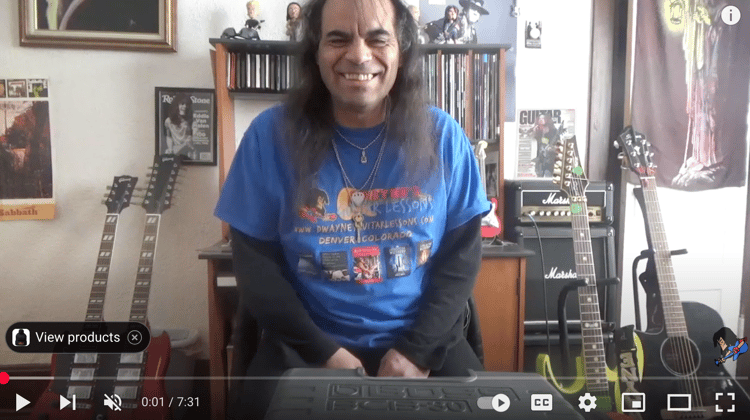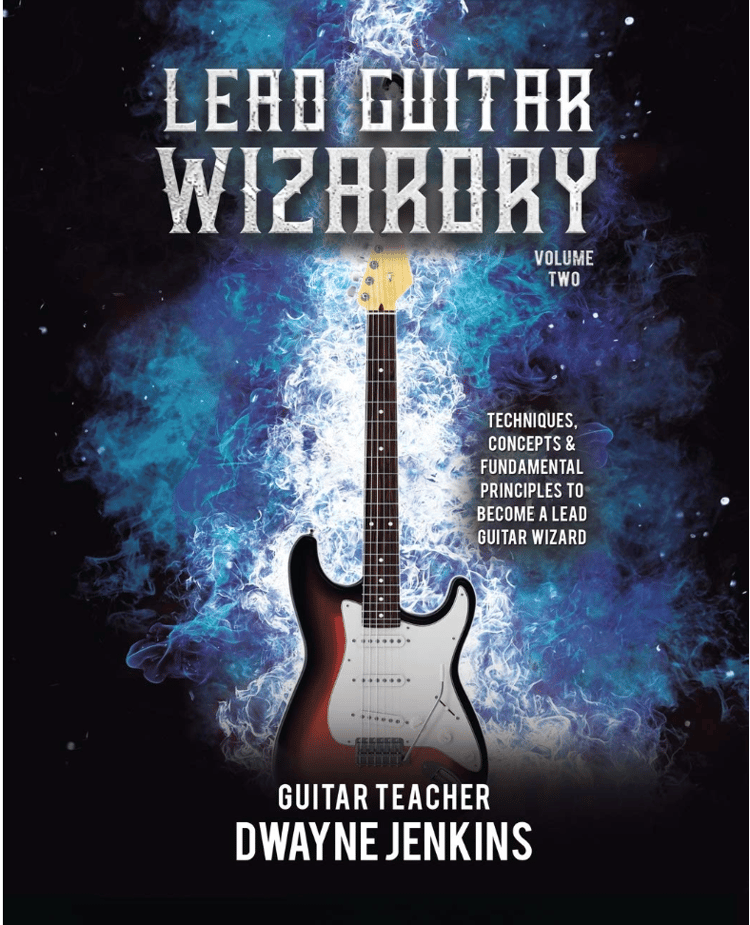In this lesson, you are going to learn how to find and use the harmonic minor scale on your guitar. This is a minor scale that is a bit different from the natural minor scale. It only incorporates flattening the 3rd & 6th notes of the major scale it is derived from.

The minor scale

This minor scale is the counterpart to the major scale. All major scales will have a minor scale counterpart. A major will have an A minor scale. C major will have C minor. This minor scale is created by flattening the 3rd, 6th, & 7th notes of the major scale.
For example:
A major: A B C# D E F# G# A.
A minor: A B C D E F G A.
As you can see, we have flattened the three notes mentioned above to create the A minor scale.
The harmonic minor scale

To create the harmonic minor scale, you just need to flatten two of the three notes. The 3rd & 6th notes. This will create a different type of sound to the scale.
For example:
A minor: A B C D E F G A.
A harmonic minor: A B C D E F G# A.
In this scale, we leave the 7th note as it is. A G# note. Now we have a minor scale in A that only has one sharp. It is by flattening the 3rd & 6th notes that give the harmonic minor scale its character.
Study & practice
This concept of creating the harmonic minor scale works with any scale in any key. But to be able to fully understand how it works and sounds in practical application, you need to study & practice.
I recommend you get out a sheet of paper and write out the notes on different scales as I have done in this guitar lesson, and see it for yourself. Then, apply it to the guitar fretboard. It will open your eyes and ears to what can be done with this information.
Learn your notes
To get the most out of a guitar, you must learn your notes. If you play by ear, that’s ok. However, learning about the notes along the fretboard will help you understand why things work the way they do.
Not only with scales but also when it comes to building chords. Chords and scales work in harmony with each other, and that’s how the music sounds appealing to the ear. It’s only when you play notes that don’t fit together that you have musical issues.
Now if you choose to just play by ear that’s fine. Put in enough time and you’ll eventually find the notes that fit together and then you just have to remember where they are. But you won’t fully understand why they work, you’ll just know they do. I highly recommend that you learn your notes.
Chords that come out of scales
As I mentioned, chords and scales work in harmony together. So, by knowing this, we can create chords out of scales and scales out of chords. Let’s look at this in further detail.
Key of A major: A B C# D E F# G# A
No, if you know your triads, you can see that we can create an A major triad out of this scale. A major triad consists of the 1 3 5 of the scale. That would be the A C# E notes.
We can also create an Am6 chord. This would be the 1 3 5 6 of the scale. These notes would be the A C# E & F# notes played together.
The Asus2 chord
We could also create an Asus2 chord. The 1 2 5 of the scale. The notes would be A B & E. An Asus4 could also be created. The 1 4 5 of the scale.
The notes would be A D & E. We could also create an Asus4add7 chord. That would be the same as the sus4 except you add the G# note.
Can you see how this works? By knowing this we could create chords that go well with this scale. And since the notes all come out of the key, the major scale would sound good over the top of them.
Watch the video lesson below
Lead Guitar Wizardry Volume 2

To learn more about scales and how they can be applied when playing guitar solos, I recommend you check out the book I authored and self-published, Lead Guitar Wizardry Vol 2. This book is an expansion of volume 1 and goes into further detail about how to use scales to play guitar solos.
You’ll learn such things as:
Pentatonic scale guitar licks
All 7 major modes
Mode scale formulas
Natural minor scale
Harmonic minor scale
Melodic minor scale
Diminished minor scale
Finger tapping
Double stops
Melodic sequencing
And much, much more.
This book will thoroughly show all that’s needed to take your lead guitar playing to the next level. And with enough study & practice, you’ll become a guitar wizard. But of course, that’s only with enough study & practice.
Study and practice daily
When it comes to the harmonic minor scale, it can be created in any key. You just need to learn what notes are in the major scale (or natural minor scale) and flatten the 3rd and 6th notes.
By doing so, you will increase your knowledge of music theory and the guitar fretboard. That is, provided you learn your notes. Knowing your notes will help you not only in creating different guitar scales but also in guitar chord construction.
Private instruction is also available
I also offer private guitar instruction. Customized lesson plans for students of all ages and skill levels. A great way to learn as they offer a multitude of benefits. Quicker results, fun learning, and a better understanding of the techniques associated with the guitar. If you feel this option might be to your liking, just contact me at my website, and we'll set up a time to talk on the phone.
Keep practicing, take care & thank you for your time.
Sincerely, Dwayne Jenkins


